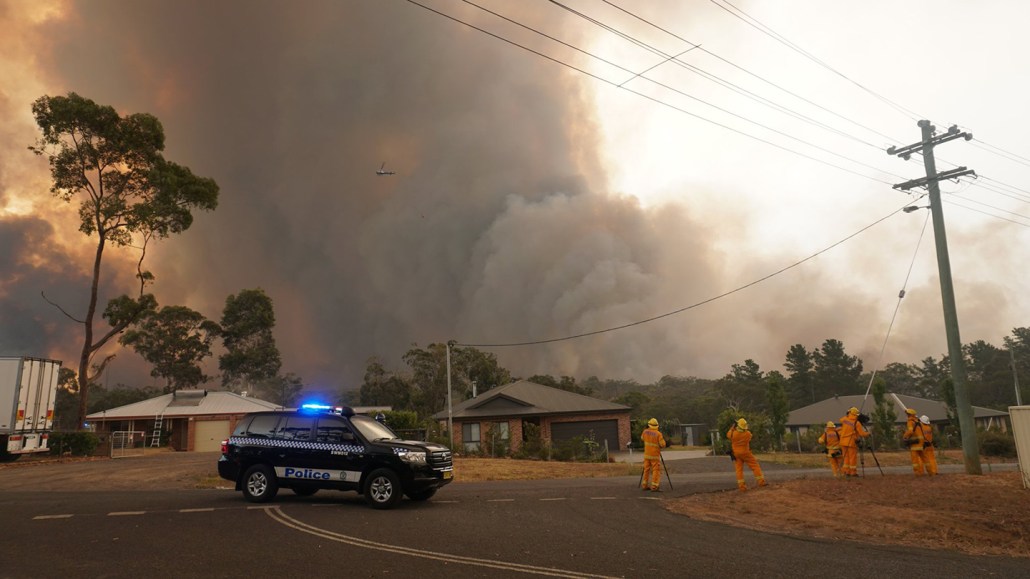
A towering cloud of smoke rises over the Green Wattle Creek bushfire on December 21, 2019, near the township of Yanderra in New South Wales, Australia.
Helitak430/Wikimedia Commons (CC BY-SA 4.0)

A towering cloud of smoke rises over the Green Wattle Creek bushfire on December 21, 2019, near the township of Yanderra in New South Wales, Australia.
Helitak430/Wikimedia Commons (CC BY-SA 4.0)